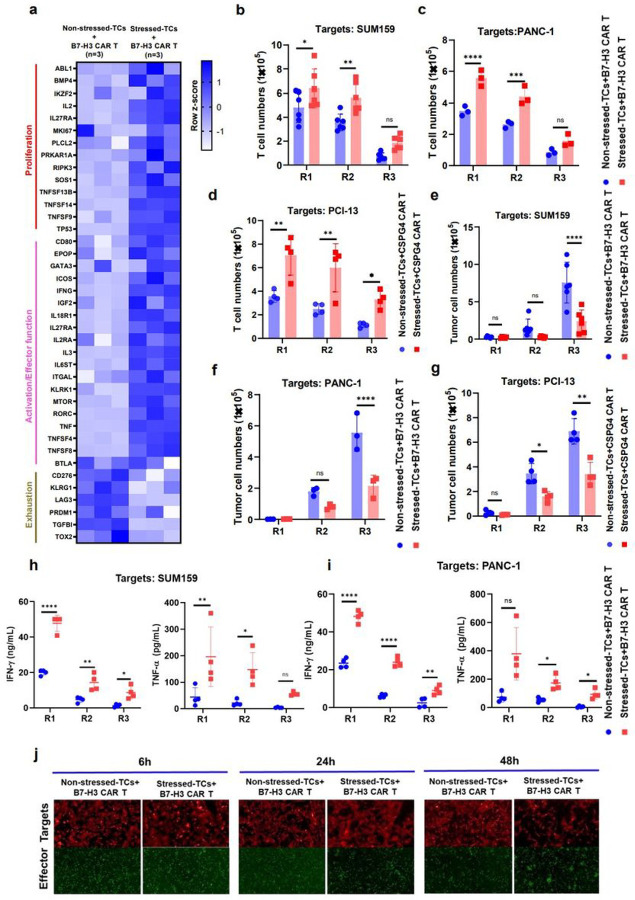Figure 3. DSF/Cu+IR–stressed target cells promote functional switch in CAR T cells with profoundly enhanced in vitro expansion and cytotoxicity.
a, Heatmap shows differential gene expression between B7-H3 CAR T cells reprogrammed by co-culture with non-stressed SUM159 tumor cells vs. DSF/Cu+IR–stressed cancer cells (n=3).b, c, d, e, f, g, The absolute number of CAR T (b, c, d) and tumor cells (e, f, g) was counted after each round of repetitive co-culture (E:T=1:2) with non-stressed vs. DSF/Cu+IR–stressed cells: SUM159 (b, e, n=6), PANC-1 (d, f, n=3) or PCI-13 (e, g, n=4). h, i, TNF-α and IFN-γ released in the supernatant collected at the end of each round of repetitive co-culture was measured by ELISA (n = 4). j, Representative data for CAR T cell proliferation and target cancer cell reduction after 6h, 24h, and 48h of co-culture of target cancer cells with reprogrammed vs. non-reprogrammed CAR T cells. Data are shown as the individual value and the mean ± SD. ns represents no significant difference. *p< 0.05, **p<0.01, ***p<0.001, ****p<0.0001.

